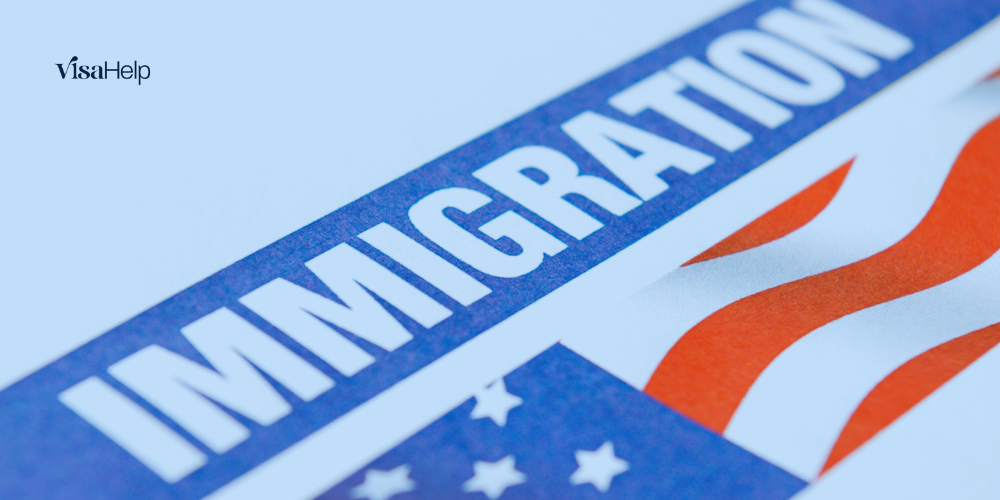
In an era where borders seem both figuratively and more fluid, the impact of immigration policies extends far beyond mere bureaucracy. As nations navigate economic shifts, demographic changes, and political tides, the UK, US, and Canada have enacted substantial immigration reforms in 2024. These adjustments affect everyone from casual travelers and expatriates to multinational corporations. This blog delves into these changes, helping you understand their implications for your travel, work, or relocation plans.
Changes in the United Kingdom
Overview of New Policies
The UK has introduced key updates to its immigration system in 2024. A notable change is the elevation of the minimum salary threshold for Skilled Worker visas to £38,700 annually. Furthermore, the regulations for family and spouse visas have been revised, with an expansion in the activities allowed for visitors and the inclusion of remote working options under specific visa categories.
Impact on Individuals and Employers
These reforms necessitate significant adjustments for individuals and businesses. The increased salary threshold could reshape the landscape of eligible candidates for employment, impacting sectors reliant on international talent. For businesses, the cost of compliance with the new sponsorship requirements could escalate, prompting a reevaluation of staffing strategies.

Updates in the United States
Fee Adjustments and Visa Policy Revisions
A significant overhaul in the fee structure by the United States Citizenship and Immigration Services (USCIS) marks the first such update since 2016, aimed at covering operational costs more effectively and enhancing service delivery. Alongside fee adjustments, proposed changes to the H-1B visa selection process intend to streamline application handling and ensure equitable access to this sought-after visa.
Strategic Shifts and Their Rationale
These changes reflect a comprehensive strategy to refine the U.S. immigration system, making it more adaptive to the demands of the contemporary labor market. This approach forms part of broader immigration reform efforts, potentially affecting policies related to DACA, TPS, and paths to citizenship, reflecting ongoing policy evolution in response to socio-economic needs.
Immigration Reforms in Canada
Fee Increases and Permanent Residence Targets
Canada’s recent policy updates include increases in fees for permanent residence applications. These changes are part of a broader plan to admit up to 485,000 immigrants annually by 2026, aimed at addressing labor shortages and supporting demographic growth.
Implications for Future Applicants
While prospective immigrants may encounter higher upfront costs, these are offset by Canada’s robust support systems and strong labor demand, presenting opportunities amidst challenges.
2024’s immigration policy changes in the UK, US, and Canada signify a pivotal shift in how these countries manage and perceive global mobility. Understanding these changes is essential for anyone considering overseas travel, employment, or resettlement.
How have these changes influenced your plans, or do you have questions about navigating the new rules? Share your thoughts and experiences in the comments, or reach out for more in-depth advice. Stay updated by following our blog for continuous coverage of global mobility and immigration policies.

